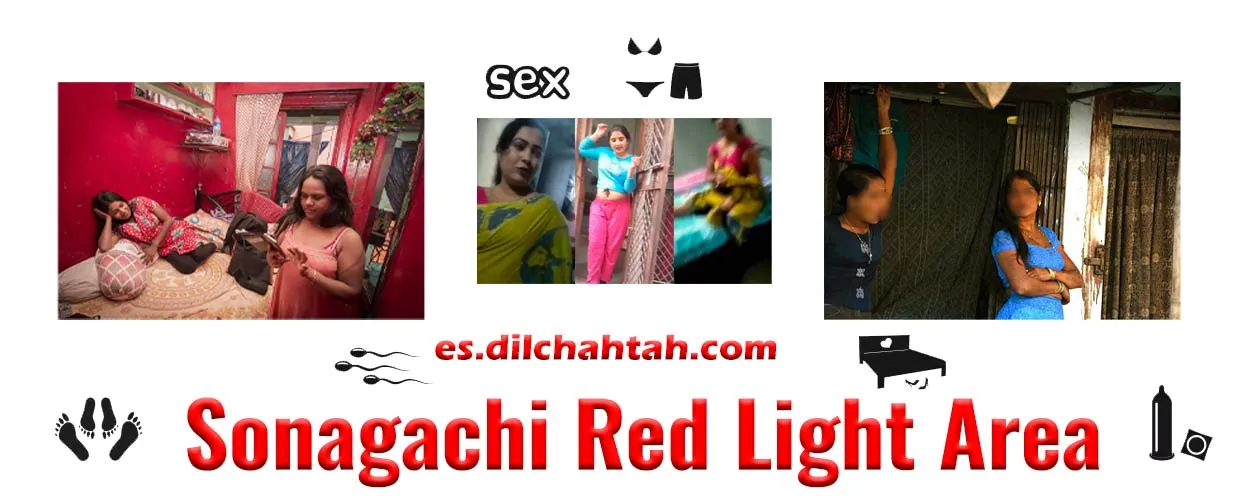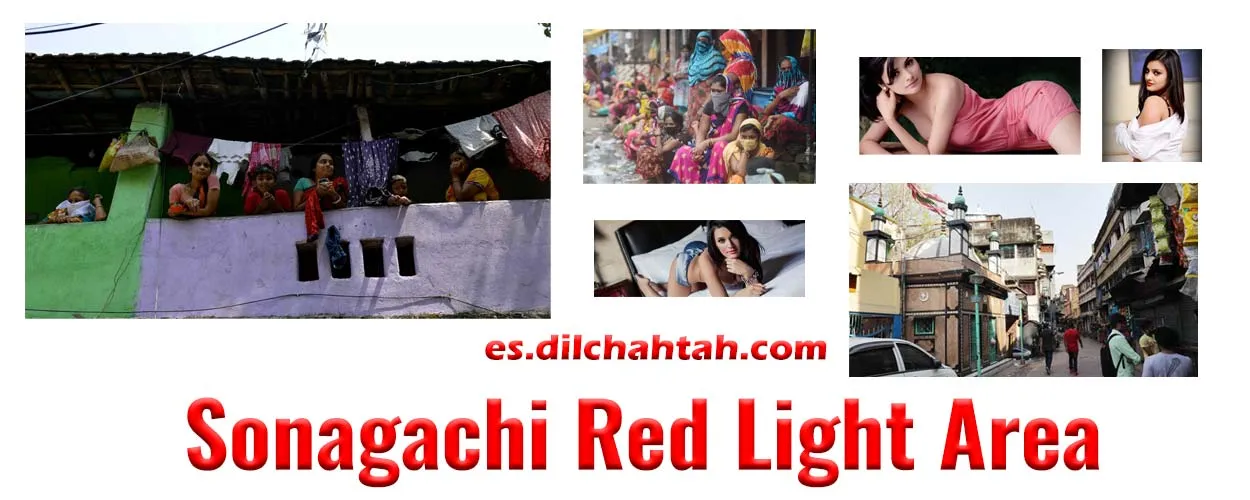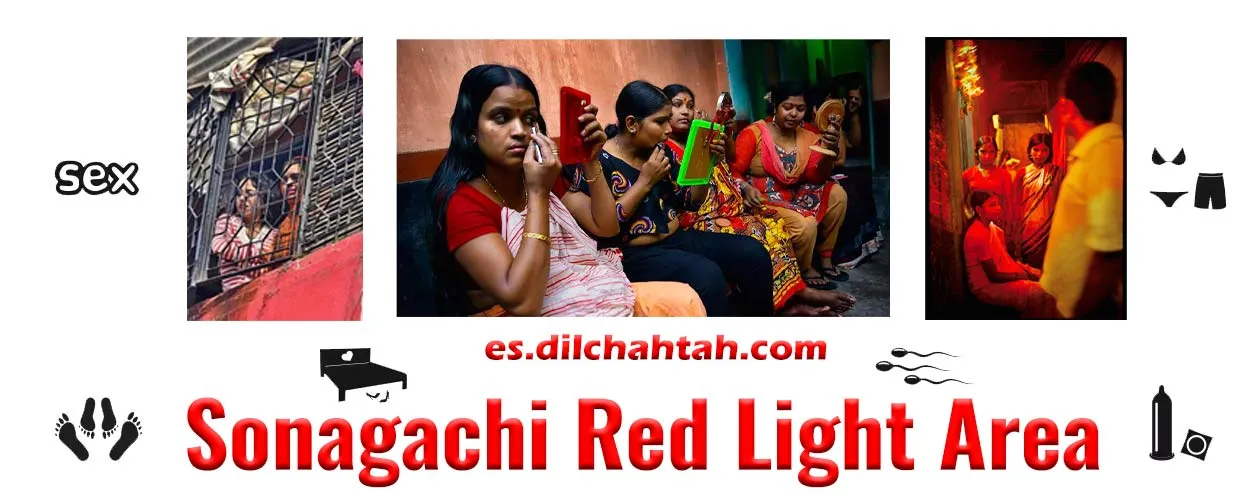Sonagachi Red Light Area – Kolkata’s Secrets, History & Nightlife

The Sonagachi Red Light Area in Kolkata represents a world that mixes history, nightlife, and survival. As Asia’s largest red-light district, it attracts endless curiosity. Many see it only as a place for sex work, yet its story is richer. Sonagachi holds centuries of heritage, thousands of human struggles, and countless untold stories. By exploring its streets, one begins to understand both its darker truths and its cultural importance.
The Historical Roots Of Sonagachi
Sonagachi’s story began during colonial Bengal. When Kolkata was a thriving port, sailors and traders looked for entertainment. Over time, neighborhoods near Shobhabazar grew into hubs of companionship. What started as scattered houses slowly transformed into a concentrated red-light area. By the late 19th century, Sonagachi had already earned a reputation as one of the busiest districts of its kind. This transformation occurred not because of planning but because of migration, poverty, and constant demand.
Life Inside The Red Light Area
A walk through Sonagachi reveals crowded alleys, food stalls, and small shops alongside brothels. Women stand at doorways, but inside those homes, families cook, children study, and elders rest. Life here does not pause after work; it continues with everyday routines. In addition, NGOs have set up schools and clinics, offering education and healthcare. The mixture of business, family life, and community makes Sonagachi more than just a nightlife district.
Many residents arrived from rural Bengal, Bihar, Nepal, and Bangladesh. Some entered the trade by choice, while others had little option due to poverty. Despite hardships, they built connections that turned Sonagachi into a community. Children play cricket in the lanes, tea vendors serve hot cups late at night, and conversations flow at every corner. Therefore, even within struggle, life continues with resilience.
Nightlife And The Allure Of Sonagachi
After sunset, the Sonagachi Red Light Area changes its rhythm. Neon signs glow, women lean over balconies, and the streets fill with voices. Unlike the polished clubs of Park Street, Sonagachi offers a raw, unfiltered nightlife. Outsiders often visit out of curiosity, hoping to see what lies behind the city’s most infamous reputation. Some houses play music, while others echo with casual laughter. On the other hand, certain lanes remain eerily quiet, adding to the area’s unpredictability.
The allure of Sonagachi lies not only in its nightlife but also in its honesty. Nothing is hidden, and life unfolds in its most direct form. However, risks exist too. Scams, theft, and unsafe encounters remain possible. Therefore, newcomers are often advised to remain cautious if they step into these streets.
Myths And Realities Of Sonagachi
Popular culture has created myths around Sonagachi. Some films show it as glamorous, while others portray it as dangerous. Reality, however, lies between these extremes. The district houses thousands of sex workers, but it also shelters children, families, and shopkeepers. Not every house is a brothel, and not every visitor comes for business. In fact, the neighborhood functions with surprising normalcy during the day, with residents shopping, studying, and socializing.
NGOs have played a major role in breaking stereotypes. For instance, the Durbar Mahila Samanwaya Committee advocates for sex workers’ rights and health. Their programs focus on education, HIV awareness, and financial independence. Consequently, Sonagachi has become not just a red-light area but also a place where empowerment initiatives take root.
The Cultural Impact Of Sonagachi

Over decades, Sonagachi has influenced Kolkata’s cultural landscape. Writers, poets, and filmmakers continue to use it as a symbol of survival, conflict, and hidden strength. Documentaries, photographs, and novels have made it internationally known. Meanwhile, guided “dark tourism” walks attract visitors who want to learn about its history without engaging in nightlife. Through art and research, Sonagachi has carved a space in collective memory.
Economically, Sonagachi supports thousands beyond sex work. Rickshaw pullers, chai sellers, landlords, and street vendors depend on its daily activity. Therefore, while society often ignores it, the area contributes significantly to Kolkata’s economy and livelihood chains.
सोनागाछी रेड लाइट एरिया – कोलकाता का एक अलग पहलू
सोनागाछी रेड लाइट एरिया कोलकाता का सबसे बड़ा और चर्चित इलाका है। यहां की गलियों में सिर्फ रात की चकाचौंध ही नहीं, बल्कि हजारों परिवारों की रोज़मर्रा की जिंदगी भी बसती है। संघर्ष, उम्मीद और जीवन की सच्चाइयाँ इस जगह को एक अनोखी पहचान देती हैं।
সোনাগাছি রেড লাইট এরিয়া – কলকাতার এক বাস্তব গল্প
সোনাগাছি রেড লাইট এরিয়া কলকাতার সবচেয়ে বড় এলাকা যেখানে হাজার হাজার মানুষ প্রতিদিনের জীবনে লড়াই করে। এই জায়গার অলি-গলিতে রয়েছে ইতিহাস, অন্ধকার রাতের আলো আর মানুষের বেঁচে থাকার সংগ্রাম। সোনাগাছি শুধু একটি নাম নয়, এটি কলকাতার সংস্কৃতি ও বাস্তব জীবনের অংশ।
Sonagachi Red Light Area – A World Inside Kolkata
Sonagachi is more than just a neighborhood; it is a world that lives within Kolkata’s heart. Known for its maze-like alleys, late-night glow, and restless energy, this place carries stories of survival and resilience. When people talk about Kolkata Sonagachi, they often imagine neon lights and nightlife, but beyond the surface lies a community where thousands of lives are interwoven every day. It is a space where the city’s hidden truths become visible and where daily struggles exist alongside unforgettable moments of human strength.
The Reality Of Sonagachi Red Light Area : Sonagachi
The Sonagachi Red Light Area has always been surrounded by curiosity, myth, and fascination. It is not only a center of nightlife but also a neighborhood that shelters families, children, and generations who have grown up there. Life here is a mix of hardship and hope, and while society often views it only through the lens of stigma, the reality is far more layered. Sonagachi is both raw and real, representing a side of Kolkata that few openly discuss but everyone knows exists.
The Biggest Red Light Area In India : Sonagachi
Known as the Biggest Red Light Area In India, Sonagachi has become an unavoidable name in conversations about Kolkata’s culture and history. Its scale, legacy, and atmosphere make it unique in Asia, drawing the attention of writers, filmmakers, and travelers. While many approach it with caution, the area contributes significantly to the city’s social and economic fabric. This balance between controversy and survival gives Sonagachi a place of its own in India’s urban story, making it both complex and unforgettable.
Final Thoughts

The Sonagachi Red Light Area represents both light and shadow. It highlights poverty, stigma, and exploitation, yet it also reveals resilience, survival, and hope. To some, it is a symbol of vice; to others, it is a community of strength. Ultimately, Sonagachi cannot be described in a single word. It is a living story of Kolkata, one that continues to evolve with every passing decade.
FAQs About Sonagachi Red Light Area
1. Where is Sonagachi located in Kolkata?
Sonagachi lies in North Kolkata, close to Shobhabazar and easily reachable from Shyambazar Metro Station. Its location makes it central and busy.
2. Is it safe to visit Sonagachi as a tourist?
Tourists sometimes explore Sonagachi out of curiosity. However, safety can be a concern, and guided walks or NGO visits are far safer ways to understand the area.
3. Why is Sonagachi so famous?
It is Asia’s largest red-light district, housing thousands of sex workers and featuring in films, books, and documentaries. Its scale and stories made it globally known.
4. What is daily life like inside Sonagachi?
Daily life includes both nightlife and family routines. Residents cook, raise children, shop in local markets, and depend on NGOs for education and healthcare support.
5. Are there NGOs working in Sonagachi?
Yes, several NGOs including the Durbar Mahila Samanwaya Committee provide health services, legal aid, and educational programs for women and children.